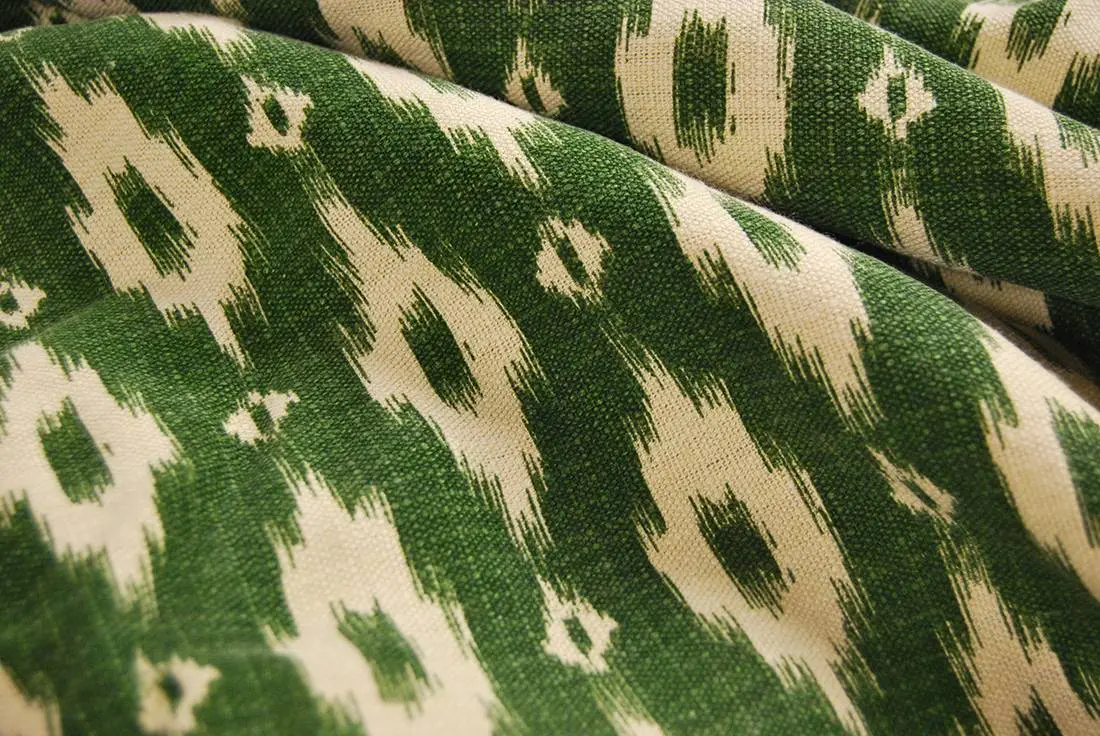Merchants from century V start what lattely will be known as the Silk Route.
Merchants from the fifth century onwards inaugurated what would later be known as the Silk Road, connecting Asia with Europe. It was in the journeys along this route that the ikat technique from countries such as France and Italy came to Mallorca. Once here it was soon renamed with the name by which we know it today: “roba de llengües” (cloth of tongues). Over the years, in other parts of Europe they stopped making fabrics with this technique, until in the mid-twentieth century Mallorca became the only point on the continent where its manufacture still remains.
The technique of the “roba de llengües” is based on the dyeing of the fabric fibers by reserve, previously practicing ligatures that prevent the color from reaching certain areas of the fabric. Once the fabric has been dyed, when the piece is woven, the pattern appears, depending on the ties and colors applied. Most of the fabrics are traditionally linen-cotton, although today they can already be ordered on request in other materials.
Although originally these fabrics used to be used only by wealthy families, with the greatest influence of tourism in the second half of the twentieth century they became one of the cultural emblems of the Island symbolizing the simplicity, liveliness and immensity of the Mediterranean .


